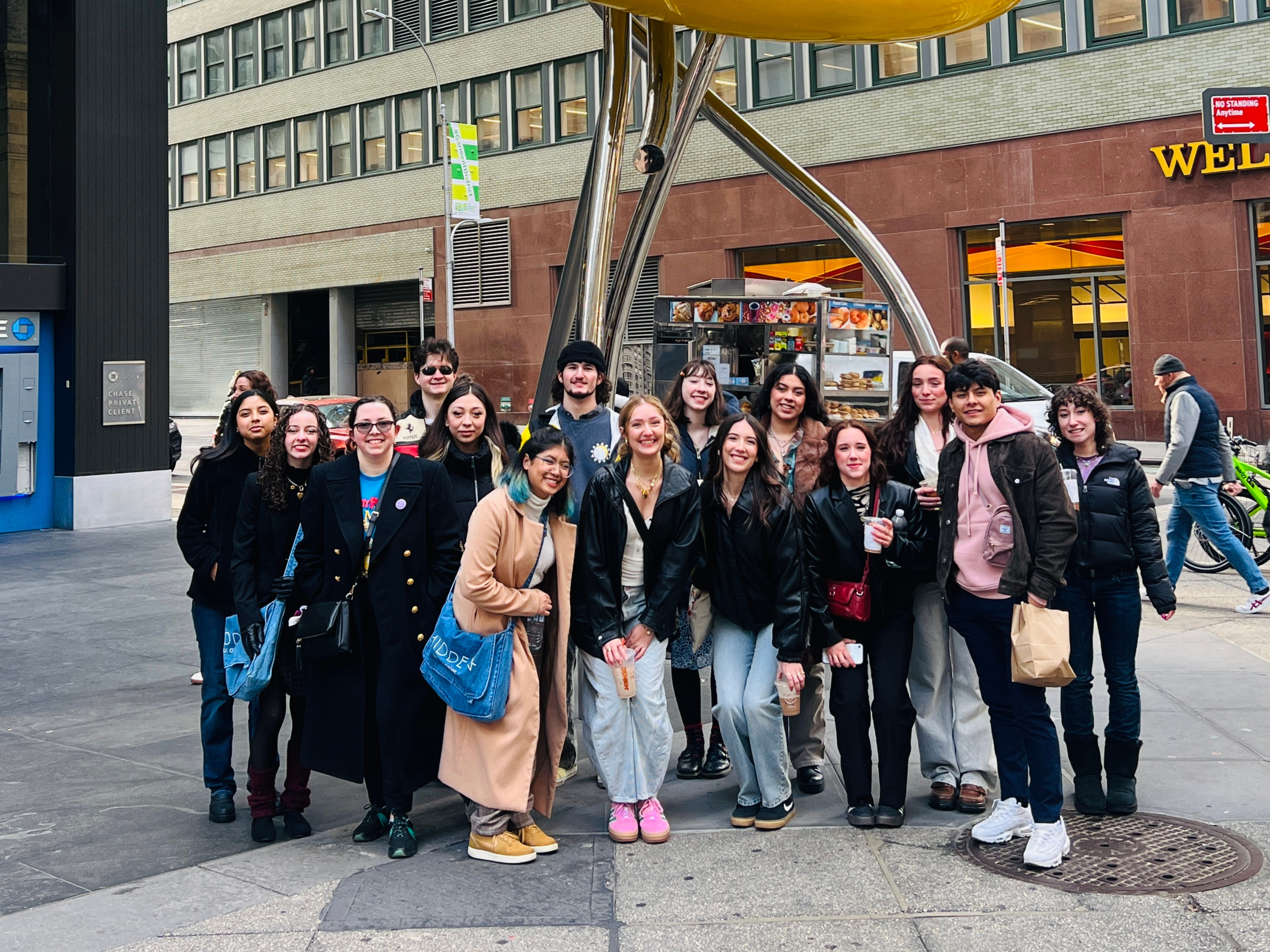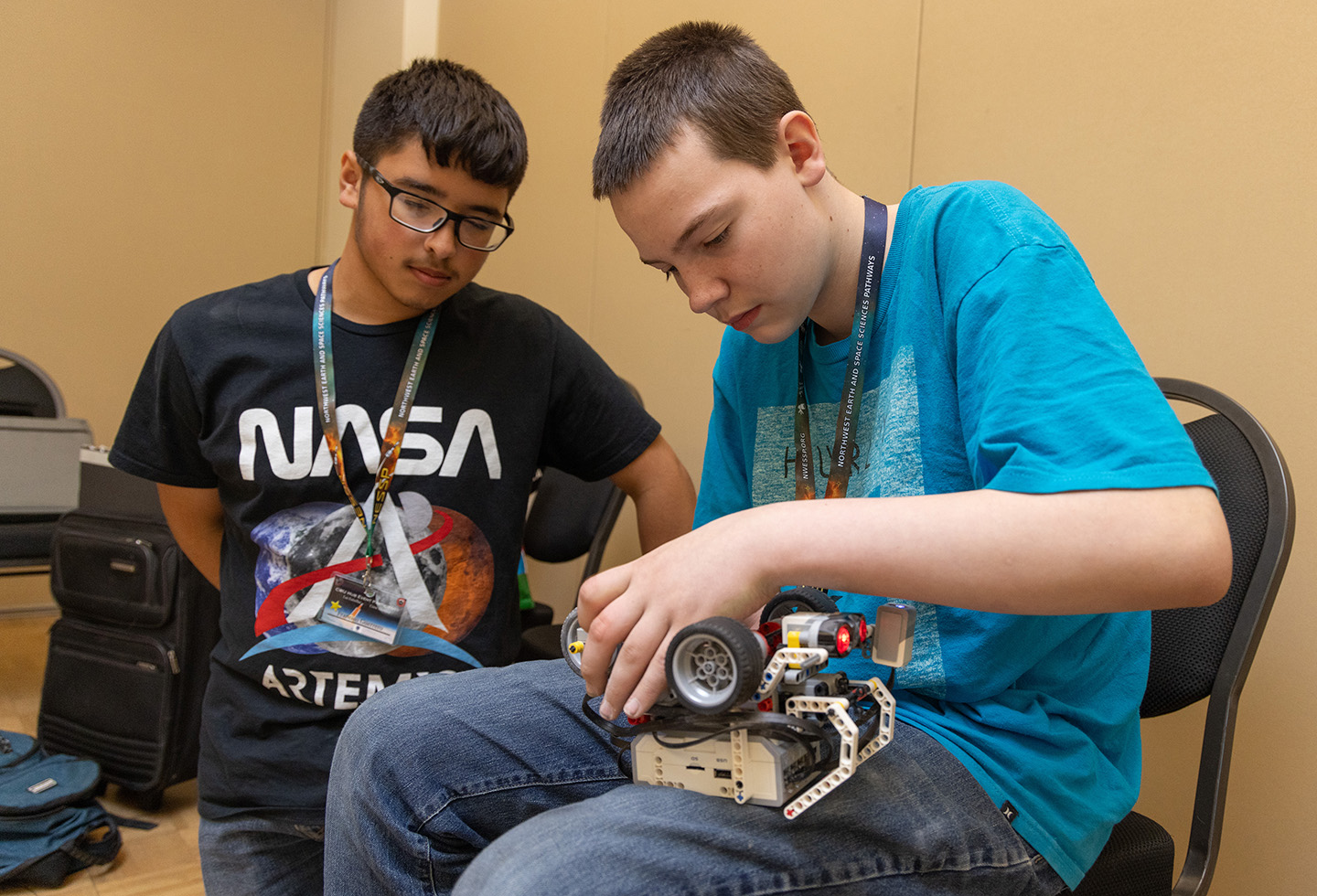
Your Questions, Our Answers
We understand that higher education can be intimidating, and we want to help you in any way that we can. Here, you will find answers to Frequently Asked Questions.
Expectations
-
Is General Education a graduation requirement for all students?
Yes! All students must satisfy the Gen Ed experience with the CWU General Education experience, a Direct Transfer Agreement (DTA), or equivalent.
-
How do I know which classes are within the same department or are part of an interdisciplinary program?
Because a department might house more that one prefix, it is important to consult the Populated Framework for department/interdisciplinary course prefix alignment.
-
When do my Gen Ed requirements need to be completed?
All students, except those who transfer to CWU, must complete their First-Year Experience courses (First-Year Experience, Academic Writing I, and Quantitative Reasoning) by the end of the quarter in which they complete 60 credits. An advising hold will be placed on students who do not meet this requirement. All those, except students who transfer with a DTA, must complete Academic Writing II by the end of the quarter in which they complete 90 credits. Information pertaining to transfer students can be found in the Transfer Student section.
-
Do I have to finish my Gen Ed course before I declare my major?
No! You are welcome to declare a major before completing the General Education program. Students are encouraged to connect with your academic advisor for more information once interested in a major. The sooner, the better!
-
Does an Emergency Pass/Fail grade satisfy the Gen Ed requirements?
Yes, per Emergency Pass/Fail (EP/EF) policy.
-
How do I confirm which Gen Ed requirement I have already completed?
Check your Academic Requirements (AR) report in MyCWU.
Classes
-
How does my Gen Ed experience benefit me?
The General Education program prepares students for success by developing and enhancing their critical thinking, communication, problem-solving, and decision-making skills. The program will cultivate curiosity, empower personal development, strengthen understanding and respect of diverse perspectives, and build a foundation for lifelong learning.
-
How many courses will it take to complete the Gen Ed program?
The Gen Ed program requires most students to complete twelve (12) courses—three (3) in the Engage component, eight (8) in the Explore & Connect components, and one (1) in the Connect, Create, & Empathize component. A student is welcome to explore additional coursework outside the requirements. However, care should be taken to ensure timeliness to graduation, while being mindful of financial aid expectations and limitations. Students are encouraged to contact an advisor early to understand decision-making options and impacts.
-
Is there a particular order for classes?
The program has a beginning (First-Year Experience), middle (Knowledge Areas & Pathways), and end (Culminating Experience). Complete the First-Year Experience within the first year, along with the Knowledge Areas & Pathway courses.
Knowledge Areas can be completed in any order. The Culminating Experience component is intended to be the final Gen Ed course and can be part of your major requirements, so it might be one of your final undergraduate courses.
-
How do I know which classes I am eligible to take?
Most eligibility is monitored through course prerequisites, which can be found in the Undergraduate Catalog: General Education Program.
-
How can I find Gen Ed courses that might apply to my major or minor?
Consult the Undergraduate Catalog and/or your advisor.
-
What is a PADstone?
PADstone is the CWU 184 course. PAD is an acronym for Practice and Discovery. Students. Register for a section of this course under a specific department prefix: ABC 184. Each section is a different topic. A list of PADstone courses can be found in the Student Registration Handbook.
-
Can I take more than one PADstone 184 course?
No, only one PADstone class is required, and this course cannot be repeated for credit.
-
When do I complete the Culminating Experience?
Students will complete the Culminating Experience as juniors or seniors following completion of the First-Year Experience and Knowledge Areas & Pathways courses. Completion might depend on program requirements when the Culminating Experience is satisfied with a course from your major. Follow program guidance and/or consult your Staff or Faculty Advisor.
Transfer Students
-
I have my AA-DTA, do I still need to complete General Education Classes?
If you received your AA-DTA from Washington state or an approved out-of-state program, you are considered to have all of your general education requirements fulfilled!
-
What if I don’t have an Associate of Arts-Direct Transfer Agreement (AA-DTA)?
The transfer coursework of students who arrive at Central without an AA-DTA will be evaluated on a course-by-course basis to see if they meet the individual requirements of our General Education program. Additional coursework is usually needed to satisfy all the requirements. Some students might be eligible
for a Reverse Transfer, wherein students complete the missing requirements from their AA-DTA at Central and thereby earn their associate’s degree, which might be a more efficient means of meeting the General Education requirements. Learn more by talking with your advisor or the Transfer Center.
-
Have an Associate of Science or Associate of Applied Science?
Students with this degree when transferring to CWU follow a process slightly different than those with an AA-DTA. The accepted AA document details what automatically transfers. With any other questions or concerns, reach out to your academic advisor or the transfer center for answers and guidance.
-
What if I have transfer credit that did not count toward my Gen Ed requirements but I think it should?
Transfer work that does not automatically satisfy a Gen Ed requirement can be petitioned to do so. Complete an Online General Education Petition Form and attach a letter detailing what requirement you are petitioning and what you are advocating as meeting that requirement. You should also include the course description from the catalog year that you took the course and, when possible, the syllabus from the section of the course you took.
-
Will I need to complete a PADstone 184 course?
Students who transfer to CWU with fewer than 45 credits will need to take a PADstone 184 course if they have not completed equivalent coursework (courses with equivalent outcomes as determined by the General Education Committee and/or the Office of the Registrar). The course must be complete by the time a student has earned 60 college-level credits (transfer and CWU credits combined).
-
Have any other questions?
We know that navigating General Education as a transfer student can be confusing! But we are here to help you with any other questions you may have. For any other questions, reach out to your Academic Advisor or the Transfer Center!
CWU News

CWU Student Fashion Association visits New York to network with industry leaders
April 29, 2024
by Rune Torgersen

NESSP to host challenge day at CWU for NASA Artemis ROADS II teams
April 29, 2024
by Darci Snowden